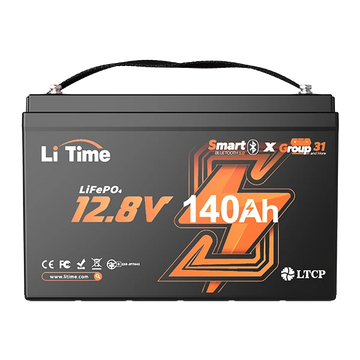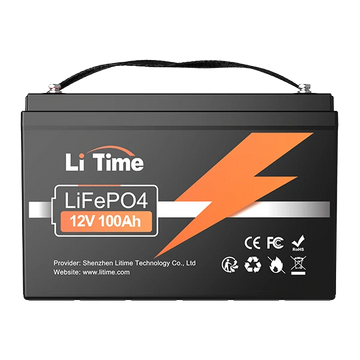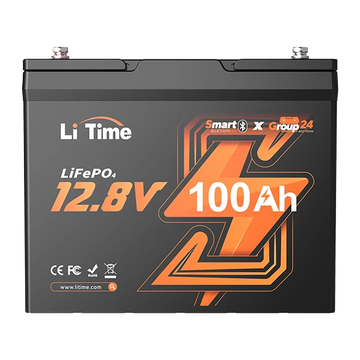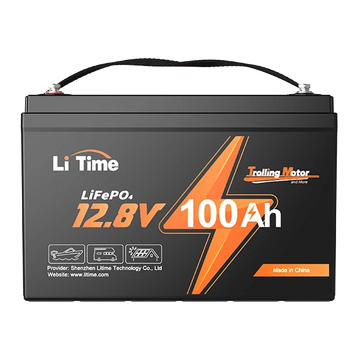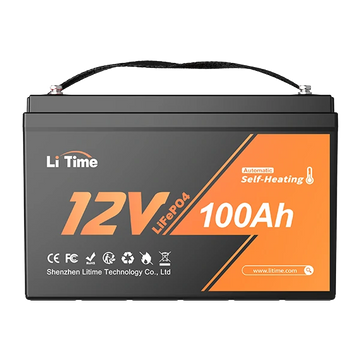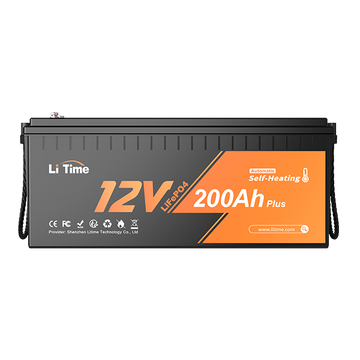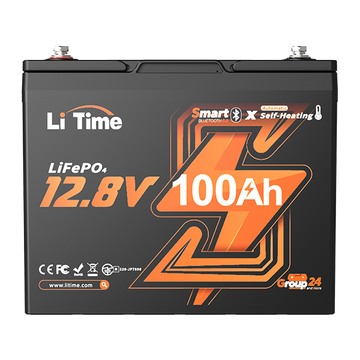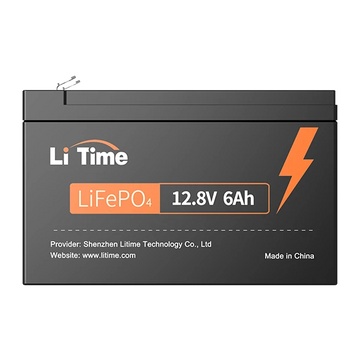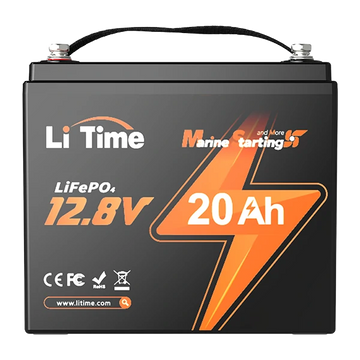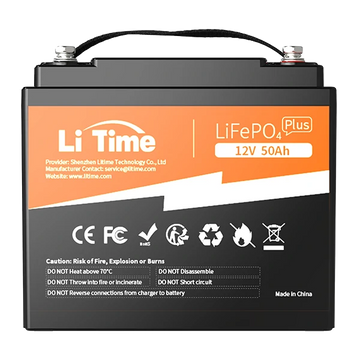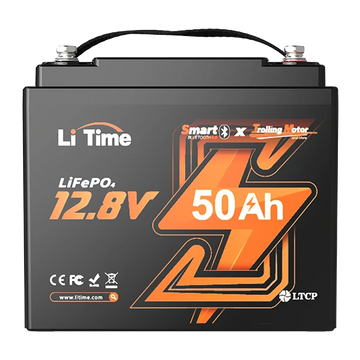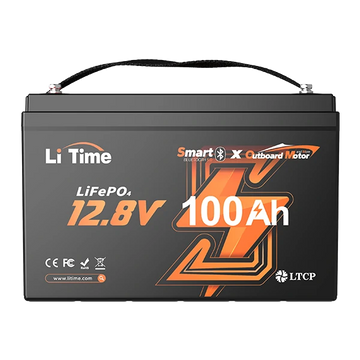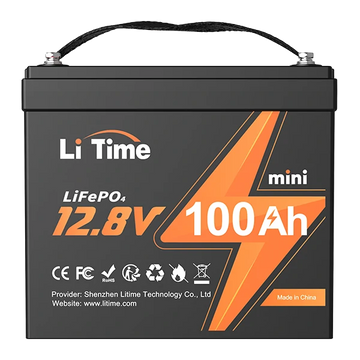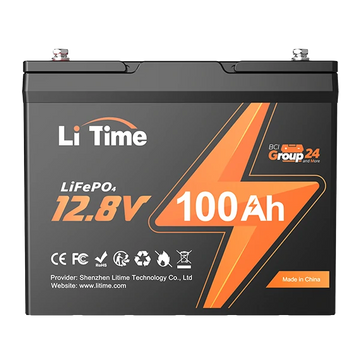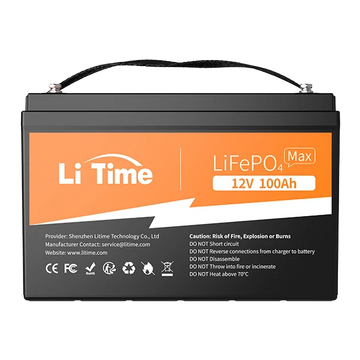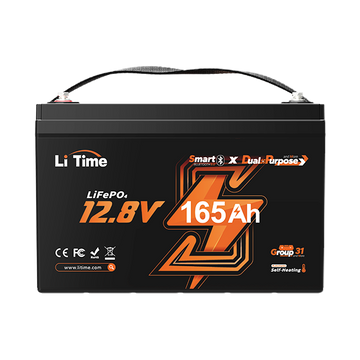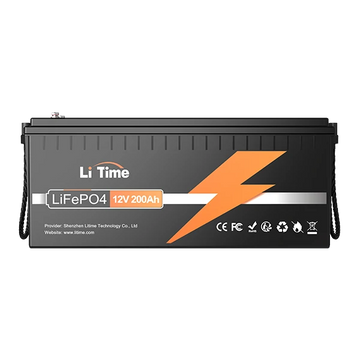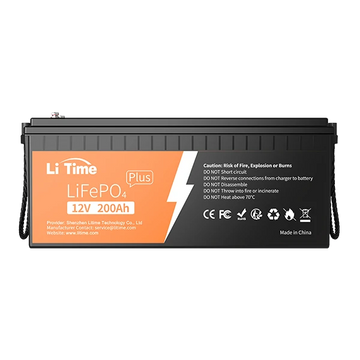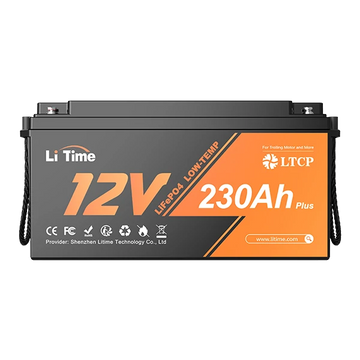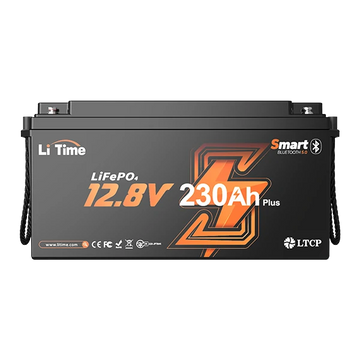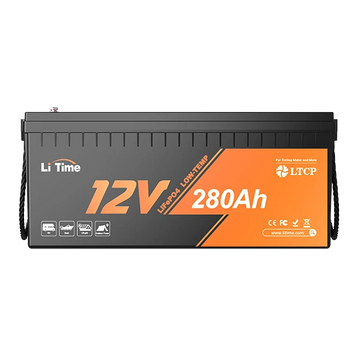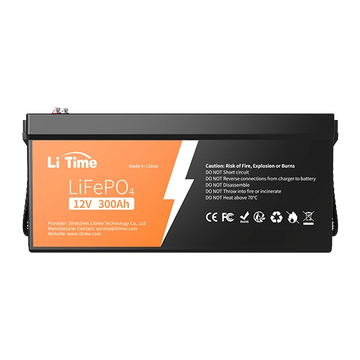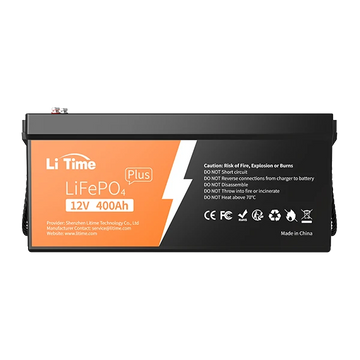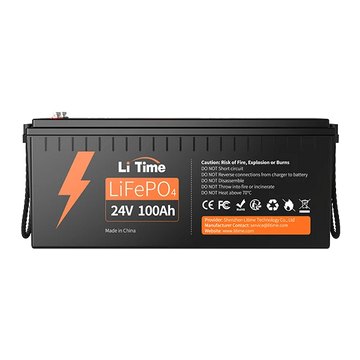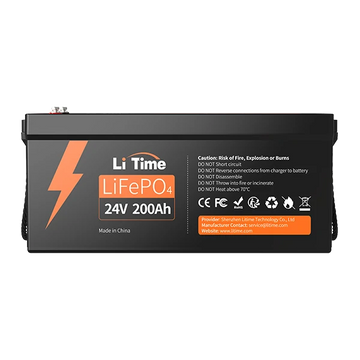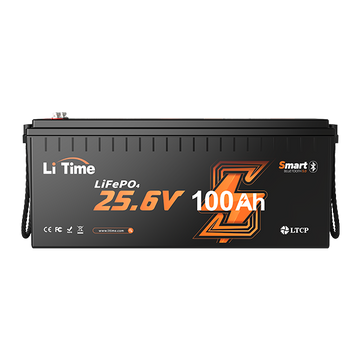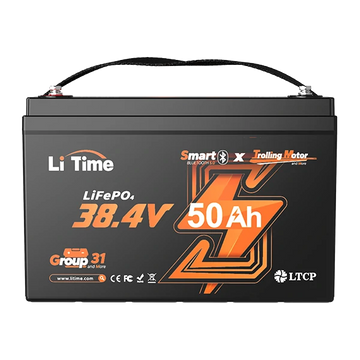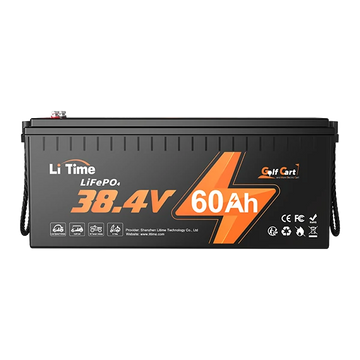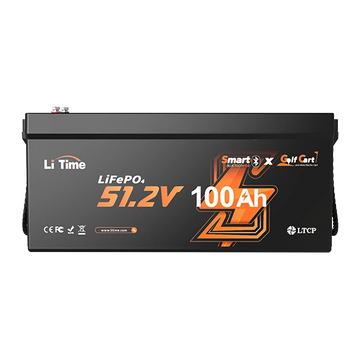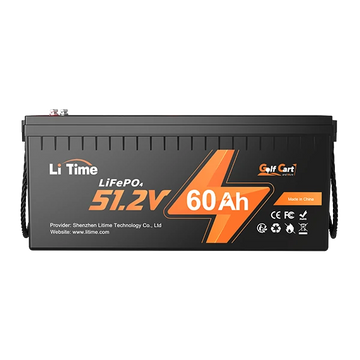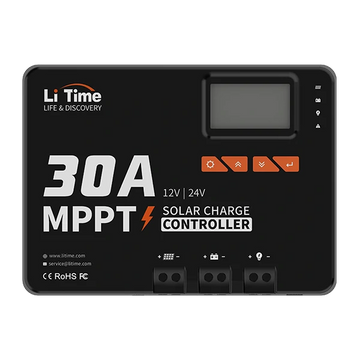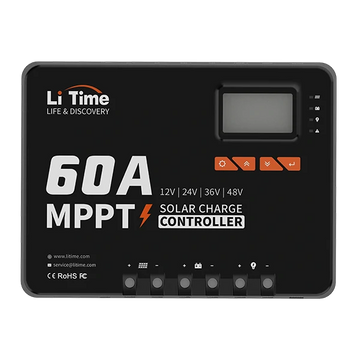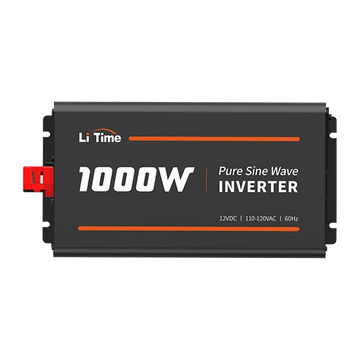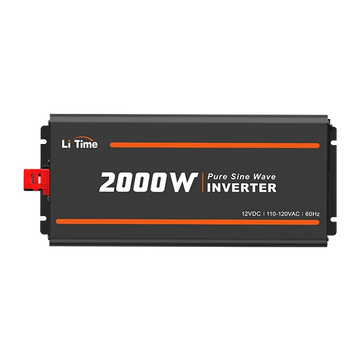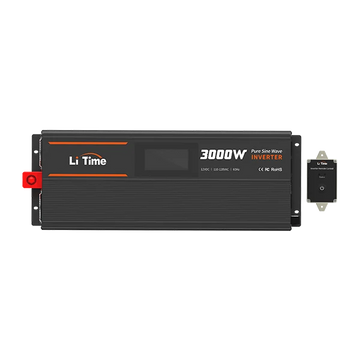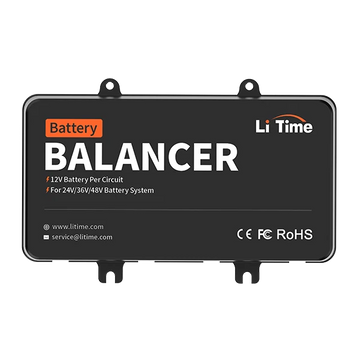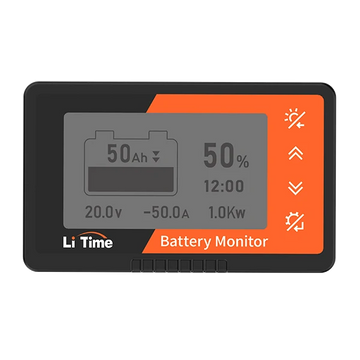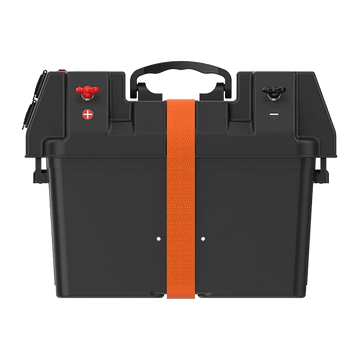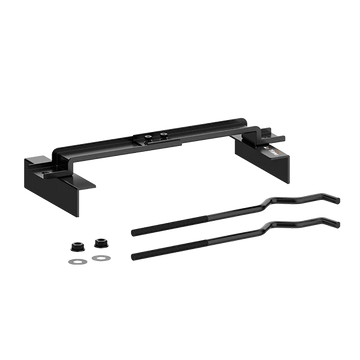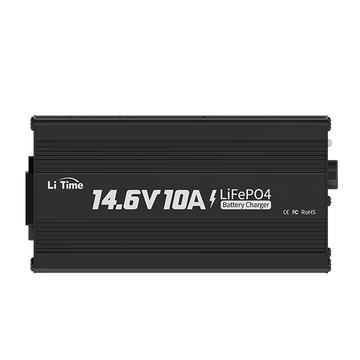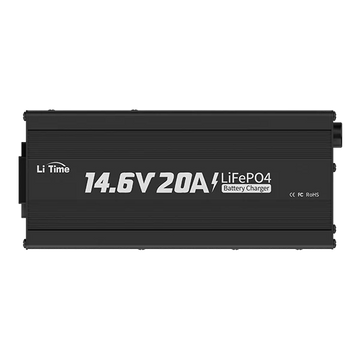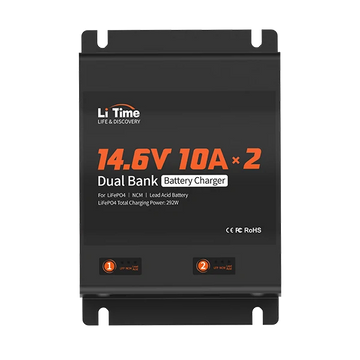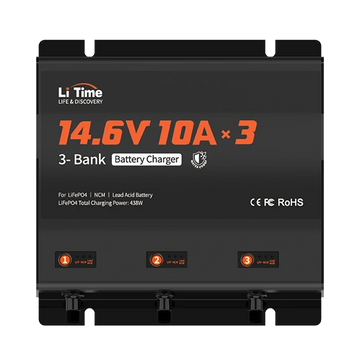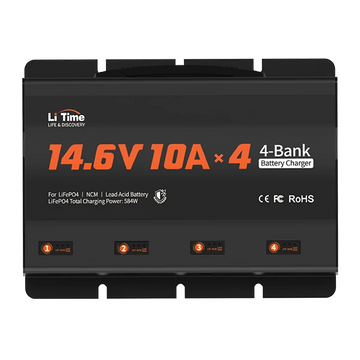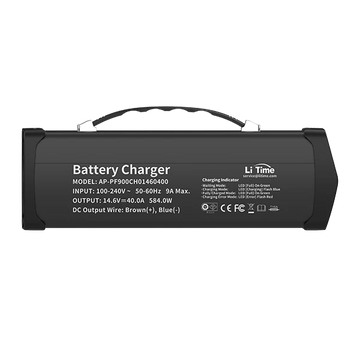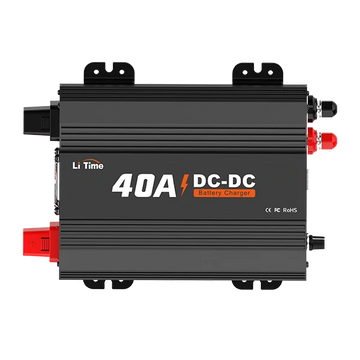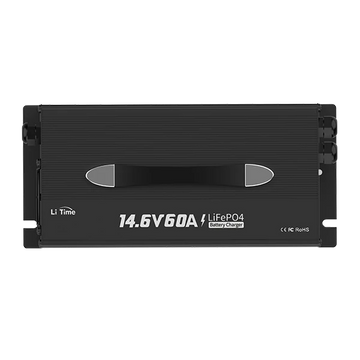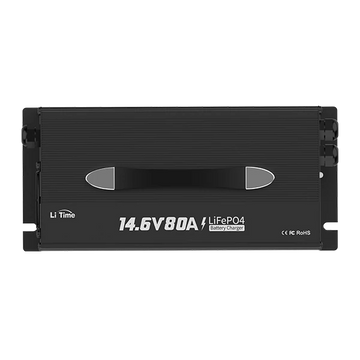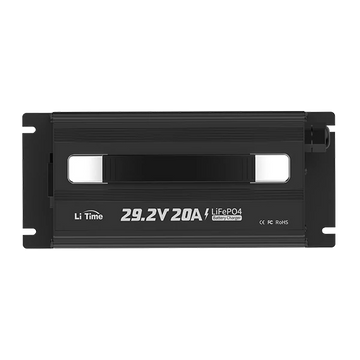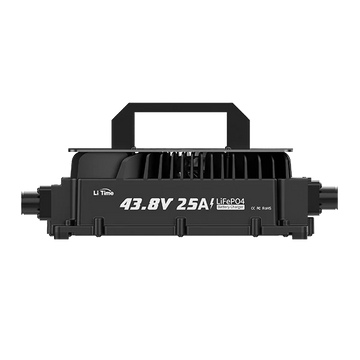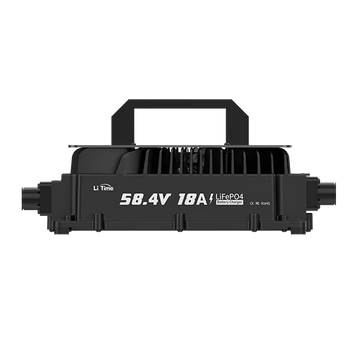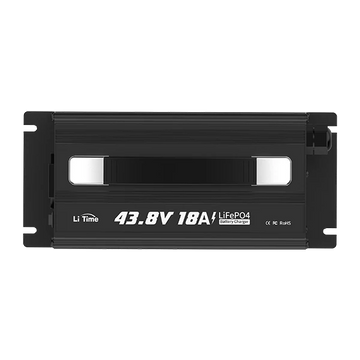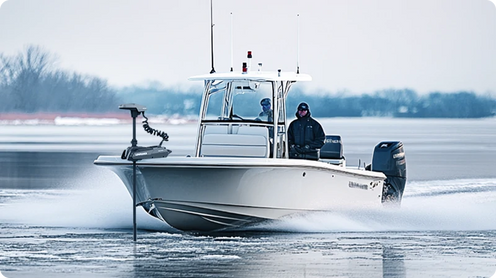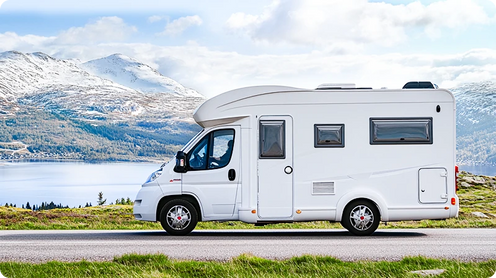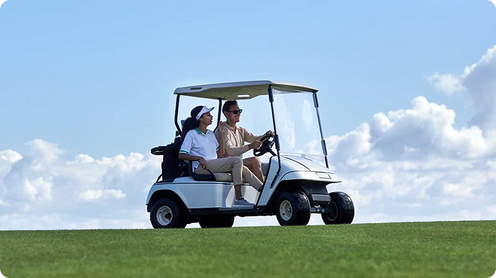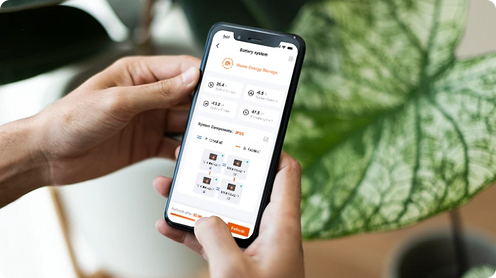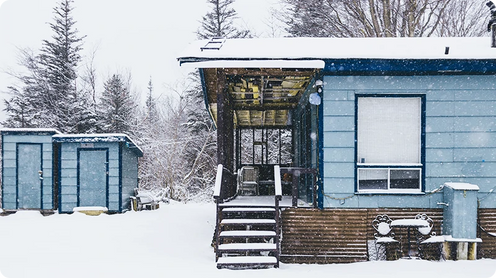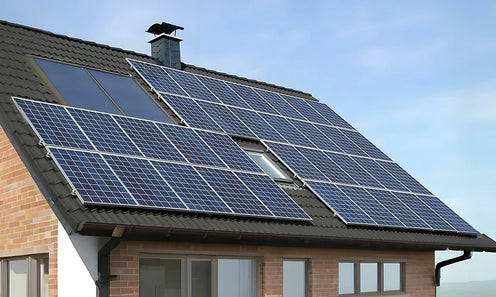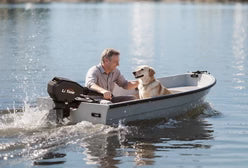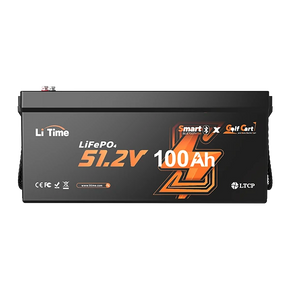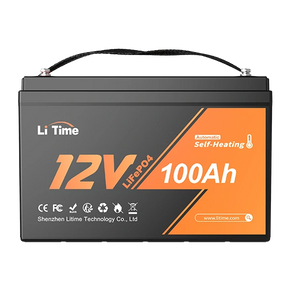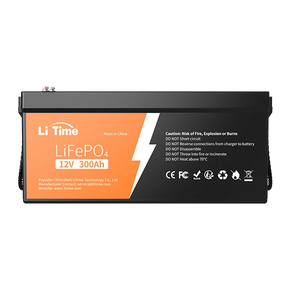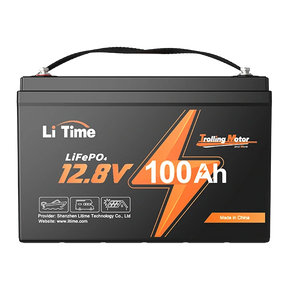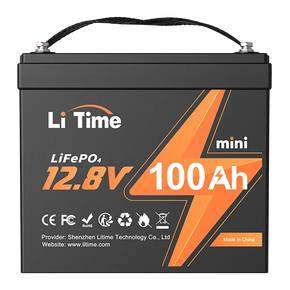Winter in Canada is tough on everything—including your batteries. The cold weather can dramatically reduce battery capacity, lower charging efficiency, and even disrupt the operation of your devices. For Canadians, it's essential to understand how to choose and use batteries effectively in these freezing conditions.
Part 1: Understanding Batteries in Cold Weather
How Cold Weather Affects Battery Performance
Battery performance in cold temperatures is mainly compromised by a slowdown in the internal chemical reactions that release energy.
Batteries rely on these chemical reactions to function, and low temperatures significantly reduce the reaction speed, causing a noticeable decline in performance.
Cold weather also thickens the electrolyte, making it more difficult for electrons to flow, which increases the internal resistance of the battery.
The result? Two immediate effects: first, the output voltage drops, potentially preventing devices from operating properly; second, the battery's discharge capacity is reduced, meaning less available power under the same conditions.
In the typical Canadian winter, where temperatures can plummet to -20°C or lower, the battery life of most standard batteries can decrease by 30% to 50%. For devices relying on battery power, such as cameras and phones, this means more frequent recharges.

Image source: thestar
Understanding these challenges is key when selecting a battery that performs well in cold weather and optimizing its use.
Why Choosing the Right Battery for Cold Weather Matters
Selecting the right battery is crucial for ensuring reliable performance in cold climates. Batteries designed specifically for low temperatures are equipped with advanced materials and specialized chemical formulations to combat the adverse effects of cold weather on performance.
Lithium Iron Phosphate (LiFePO4) batteries are known for their remarkable stability and efficiency in cold conditions. Unlike traditional lead-acid batteries, LiFePO4 batteries retain higher energy density even in freezing temperatures, while also offering a longer lifespan and reduced maintenance requirements.
Choosing a cold-weather optimized battery not only guarantees a consistent power output but also minimizes the risk of issues such as capacity loss or operational failures caused by freezing temperatures.
Part 2: Essential Battery Performance Features in Cold Weather and a Comparison of Battery Types
When it comes to winter, the performance of your battery largely depends on its ability to handle charging and discharging in cold temperatures. Key metrics such as Cold Cranking Amps (CCA) and Reserve Capacity (RC) play an essential role in evaluating battery performance. Here’s a breakdown of these critical characteristics and how different types of batteries compare in cold weather:
Key Performance Indicators
1. Charging/Discharging Characteristics
Cold temperatures slow down a battery's chemical reactions, which can reduce its efficiency during charging and discharging. However, batteries that are optimized for cold weather can still maintain higher efficiency.
For instance, deep cycle batteries are built to perform consistently over repeated charging and discharging cycles, making them ideal for long-lasting applications, like in off-grid setups or RVs.
2. Cold Cranking Amps (CCA)
Cold Cranking Amps (CCA) measures the maximum current a battery can deliver at 0°F (-18°C) to start an engine. The higher the CCA rating, the more reliably the battery can start the engine in freezing temperatures.
Cold cranking batteries, often used in cars, typically have a high CCA rating but shorter runtime.
3. Reserve Capacity (RC)
Reserve Capacity (RC) refers to the number of minutes a battery can supply power without being recharged. Batteries with a higher RC rating are ideal for devices that require long-running power, such as energy storage systems or RVs.
Here's a comparison table of different battery types' performance for your reference:
Battery Types and Their Characteristics
| Battery Type | Charging/Discharging Characteristics | Cold Cranking Amps (CCA) | Reserve Capacity (RC) | Typical Application Scenarios |
|---|---|---|---|---|
| Lead-acid Battery | Charge/Discharge rate drops significantly in low temperatures, charging is slower | Medium | Medium | Equipment power, large machinery |
| Gel Battery | Low temperature does not cause obvious performance loss, charging is relatively fast | Low | High | Power supply in extreme environments |
| Cold Cranking Battery | Designed to provide high CCA, suitable for cold start requirements | High | Low | Cars, ships, and other automotive equipment |
| Deep Cycle Battery | Suitable for deep discharge and charge, low temperature performance is poor | Low | High | Homes, ships, energy systems, and equipment requiring long usage time |
The Benefits and Applications of Deep Cycle Batteries
Deep cycle batteries stand out in cold weather for their remarkable performance:
- Excellent Low-Temperature Performance: These batteries continue to operate efficiently even in extreme cold, making them ideal for long-running equipment in freezing conditions.
- Designed for Longevity: Built to handle repeated deep discharges and recharges, deep cycle batteries are perfect for RVs, boats, and solar energy storage systems.
- Impressive Reserve Capacity: With a high reserve capacity (RC), deep cycle batteries can keep your devices running for extended periods, making them a great choice for outdoor use.
The Benefits and Applications of Cold Cranking Batteries
Cold cranking batteries are specifically designed for short bursts of high current:
- High CCA (Cold Cranking Amps): These batteries are built to quickly start engines in sub-zero temperatures, which makes them ideal for vehicles and boats.
- Fast Discharge: They excel in situations where you need a quick, powerful discharge, but they aren't suitable for long-term power supply.
Why Choose Deep Cycle Cold-Resistant Batteries
While cold cranking batteries excel in quick-starting high-power situations, deep cycle batteries are better for continuous power needs. These batteries are ideal for:
- RVs and Boats: Perfect for running lights, fridges, heaters, and other long-running equipment.
- Energy Storage Systems: Ideal for storing energy from solar and wind sources to power homes or outdoor devices.
- Outdoor Adventures: Reliable power for your gear in freezing temperatures, ensuring your equipment runs smoothly.
Opting for a deep cycle battery not only prevents the rapid drop in power associated with low temperatures but also extends the overall lifespan, making it a great solution for enduring the harsh Canadian winters.
How to Determine If a Deep Cycle Battery Is Suitable for Extreme Cold
1. Check the Operating Temperature Range
- Review Battery Specifications: Make sure the battery is rated for low temperatures, with some LiFePO4 models designed to work as low as -20°C or even colder.
- Watch Out for Low-Temperature Performance: Many standard LiFePO4 batteries lose efficiency below 0°C, so be sure to select a model that's specifically optimized for extreme cold.
2. Low-Temperature Charging Support
- Charging Issues in Cold Weather: Charging a LiFePO4 battery below 0°C can be inefficient and may even damage the battery over time. Look for models that include self-heating features to ensure safe charging in low temperatures.
- Low-Temperature Charging Systems: Premium deep cycle batteries often come with built-in thermal management or external heating modules, keeping the battery at an optimal temperature while charging in cold conditions.
3. Insulation and Thermal Management
- Integrated Insulation Systems: Some high-end LiFePO4 batteries are equipped with thermal control units or built-in heating elements to keep the battery within the ideal temperature range during use or charging.
- Cold-Resistant Battery Cases: For added protection, choose batteries with outer casings made from cold-resistant materials, preventing extreme external temperatures from impacting the battery’s internal performance.
How to Choose the Right LiFePO4 Deep Cycle Battery for Extreme Cold
Key Features to Look For
- “Low-Temperature Series” or “Cold-Resistant Design” Labels: Check the product description for mentions of cold weather suitability. Opt for batteries that are specifically designed to work in extreme cold conditions.
- Manufacturer Certifications and User Reviews: Look for brands and models that have been tested in cold environments and are trusted by users. Outdoor-focused battery brands in North America often offer designs optimized for cold climates.
Additionally, here are more tables with "recommended features to look for" to help guide your choices:
Recommended Purchase Features
| Feature | Importance | Recommendation |
|---|---|---|
| Low Temperature Performance | Very High | Ensure battery operates below -20°C or at even lower temperatures. |
| Low Temperature Charging | Very High | Choose batteries with low temperature self-heating or external heating systems. |
| Reserve Capacity (RC) | High | Supports long-term stable operation, suitable for outdoor use. |
| Environmental Durability | Medium | Ensure long battery life and reduce the cost and environmental impact of frequent replacements. |
LiTime's Low-Temperature Series Batteries: Top Models to Consider
LiTime 12V 230Ah Plus Deep Cycle Battery With Low-Temp Protection
Built to withstand tough environments such as rainy, coastal areas and dusty or humid conditions, this battery is a reliable choice for harsh weather. Featuring an upgraded, all-encompassing Battery Management System (BMS), it supports a continuous discharge current of up to 200A, ensuring the battery operates efficiently even in freezing temperatures.
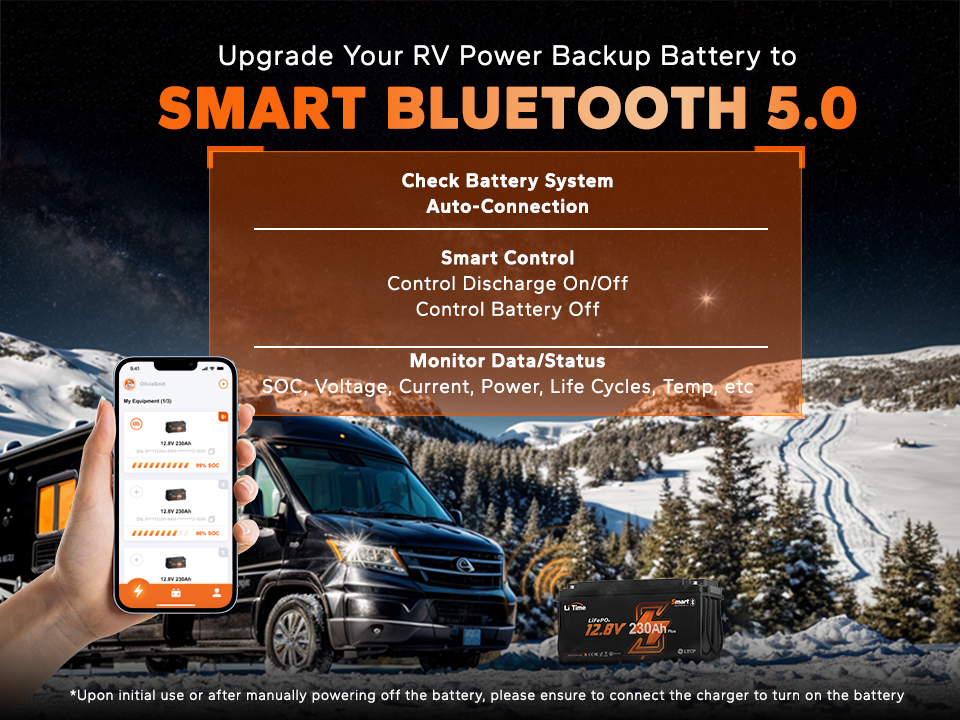
LiTime 12V 230Ah Bluetooth Lithium RV Battery
This enhanced model comes with low-temperature circuit protection and Bluetooth 5.0, allowing users to easily monitor and manage the battery through their smartphones. The integrated 200A BMS offers over 20 different protection features, uses EV-Grade LiFePO₄ cells, and supports over 4000 deep cycles, making it perfect for RVs, home backup power systems, off-grid applications, and marine energy needs.

Both of these models excel in extreme conditions, offering peace of mind and durability when you need reliable power, even in freezing temperatures.
Battery Specifications
| Battery Type | Capacity (Ah) | Standard Voltage (V) | Maximum Continuous Discharge Current (A) | Cycle Life | Application Scenarios | Low Temp Cutoff Protection | Bluetooth Function |
|---|---|---|---|---|---|---|---|
| LiTime 12V 230Ah Plus Lithium Battery | 230Ah | 12.8V | 200A | Over 4000 cycles | Home equipment, marine, solar energy storage | Yes | No |
| LiTime 12V 230Ah Bluetooth Lithium RV Battery | 230Ah | 12.8V | 200A | Over 4000 cycles | RV, high power systems, marine, home equipment power | Yes | Yes (Bluetooth 5.0) |
Part 3: Essential Tips for Using Batteries in Cold Weather
1. Keep the Battery Warm
- Store your battery in a warm indoor space, especially when it's not in use overnight or for extended periods.
- Before using the battery, carry it close to your body to warm it up.
- For outdoor use, protect your battery with insulating covers, materials, or portable heating devices.
Regularly Check Battery Levels
- Make it a habit to check the battery's charge before and during use to make sure it's fully powered.
- For backup or long-stored batteries, check the charge every 1-2 weeks and keep it between 50%-80%.
- Opt for smart batteries that feature charge indicators for easy monitoring.
3. Avoid Deep Discharge
- Set low battery alerts to avoid over-discharge.
- In cold environments, avoid letting the battery run completely flat, and recharge as soon as possible.
- If a device hasn't been used for a while, do shallow charge/discharge cycles to maintain battery health.
4. Choose the Right Charger
- Always use a charger that's compatible with low-temperature charging, especially ones with thermal control features.
- If your battery has a self-heating function, activate it before charging.
- Charge the battery in a warm environment; place it in a heated room for some time before starting the charging process.
- Avoid charging in extremely cold conditions (below -10°C), ensuring the battery is at least above 0°C.
FAQ
1. Which type of battery works best in cold weather?
LiFePO₄ (Lithium Iron Phosphate) batteries, specifically designed for low temperatures, perform excellently. These batteries can operate at temperatures as low as -20°C, outperforming lead-acid or nickel-cadmium batteries.
2. Do batteries need to be specially designed for cold weather?
Yes, typical batteries lose significant performance in cold temperatures. Choose batteries with built-in low-temperature protection and self-heating capabilities to ensure they function properly in extreme cold.
3. Do lithium batteries work in cold weather?
Regular lithium batteries may not work well in cold temperatures, but specially designed LiFePO₄ batteries remain stable in sub-zero conditions, especially models with built-in low-temperature protection.
4. Which batteries are the most temperature-resistant?
LiFePO₄ batteries are the most temperature-resistant, operating efficiently in both extremely cold (-20°C) and hot (60°C) environments, making them suitable for modern devices.
5. Are lithium batteries better than alkaline batteries in cold weather?
Yes, lithium batteries are far better than alkaline batteries in cold weather. Alkaline batteries lose their capacity quickly, while lithium batteries maintain consistent power output.
6. Common Issues and Solutions When Using Batteries in Cold Weather
- Fast Power Drain: Keep your battery warm and avoid over-discharging.
- Charging Issues: Use chargers designed for low temperatures or preheat the battery before charging.
- Device Power Interruptions: Choose batteries optimized for cold weather and check the charge level regularly.
Conclusion
While cold weather can severely impact battery performance, understanding battery types and selecting the right LiFePO₄ deep cycle battery designed for low temperatures can help you confidently power your devices even in the harshest winter conditions.
